


See our Heliodor Mineral Specimens
MINERALMINERS.COM®- Your Personal 'Link' Direct to the Mines!TM



Links To Heliodor & Golden Beryl Information Topics On This Page:
Heliodor Products in our Online Store
Heliodor Physical Properties
Heliodor Background Info
Heliodor Occurance and Diagnostic Features
Heliodor History and Uses
Heliodor Metaphysical Properties
Beryl (Be3Al2(Si6O18) is a relatively common mineral although it does contain the rare element beryllium.
Beryl is most
well known however for its gem varieties:
the pale green to blue aquamarine ,
the intense green emerald ,
the pale yellow to yellowish-orange heliodor
and the pale pink to salmon colored morganite.
Beryl also occurs as the colorless gem variety goshenite, and as
the very rare red gem beryl variety bixbite.
Heliodor (Be3Al2(Si6O18)) occurs primarily in granite pegmatites and to a lesser extent in miarolitic cavities in granites and in greisens.
Heliodor is typically associated with quartz, feldspars and muscovite, and often occurs with other pegmatite accessory minerals such as clevelandite, garnet, phenakite, spodumene, topaz, lepidolite, amblygonite, tourmaline, tin and tungsten minerals and Nb-Ta minerals.
Because of heliodor's relatively high hardness and specific gravity, it is sometimes found in eluvial and aluvial deposits.
Heliodor is usually recognized by its hexagonal form, color and specific gravity. Distinguished from apatite by its greater hardness.
The color of heliodor is due to trace amounts of iron impurities in the beryl structure. The color ranges from pale yellow to yellow-orange to yellow-green depending on the relative concentrations of Fe2+ to Fe3+ and on where the iron impurities are located within the beryl crystal structure. The beryl crystal structure contains channels outlined by rings of (Si-O)6 units. These rings are stacked upon each other leaving space within the channels for water or other impurities. Color influencing iron impurities can be present in these interstitial channel sites or substituting for aluminum in octahedral sites. When Fe3+ is present substituting for aluminum in the octahedral site the yellow color of heliodor is produced. When Fe2+ is present in the interstitial channel site a pure blue color is evident. When both are present the typical blue-green color of aquamarine is produced.
Heating heliodor to approximately 250 - 300 degrees Celcius reduces the Fe3+ to Fe2+, thereby eliminating the yellow color and producing colorless beryl or in some cases a pale blue to blue aquamarine. Irradiation can reverse this process restoring the yellow color.
Return to the Index of Heliodor Information Topics
The name heliodor is of Greek origin meaning sun and gift in allusion to its color. The name was first applied to fine golden beryl from a particular location in South West Africa in the early twentieth century in an attempt to gain publicity. Claims were made that this material was different from other yellow beryls, however these claims were later proven untrue and the name heliodor today is simply another name for yellow or golden beryl.
Heliodor is used as a gemstone.
Traditionally, heliodor has been used as a charm to promote sincerity and sympathy, and as a remedy for idleness.
The astrological sign of heliodor is Leo.
Return to the Index of Heliodor Information Topics
Heliodor is said to enhance one's intuition and to improve one's communicative abilities. Heliodor also is said to make one more compassionate and sympathetic towards others.
Heliodor is said to help strengthen and stabilize the heartbeat, and to help in the treatment of disorders of the stomach and small intestines, liver, spleen and pancreas.
For more in-depth metaphysical information, see our Metaphysical Books section.
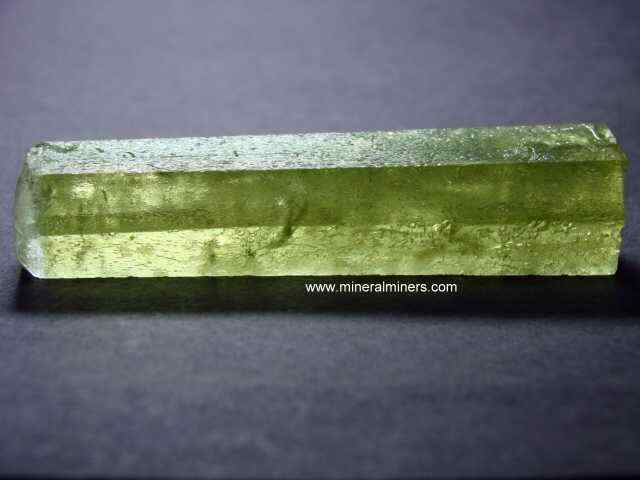 |
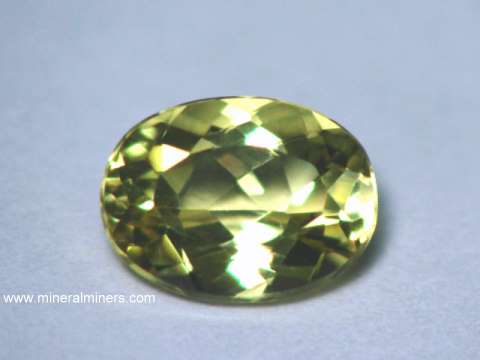 |
 |
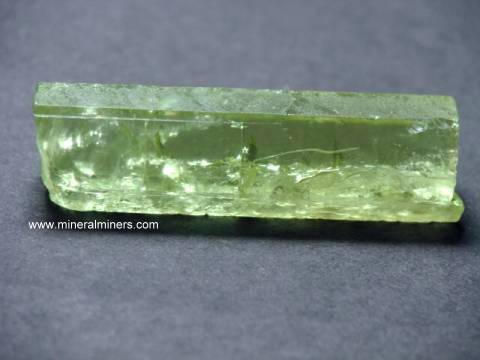 |
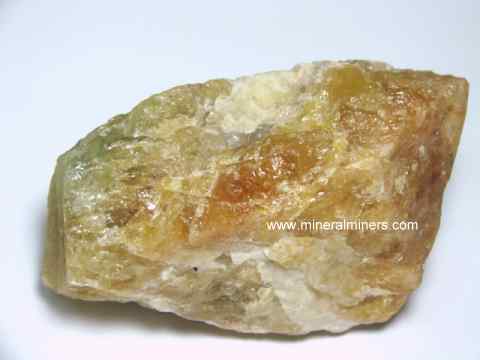 |
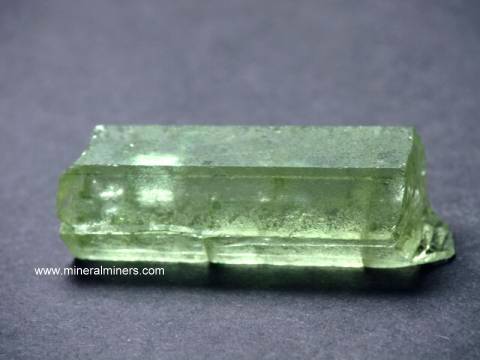 |
 |
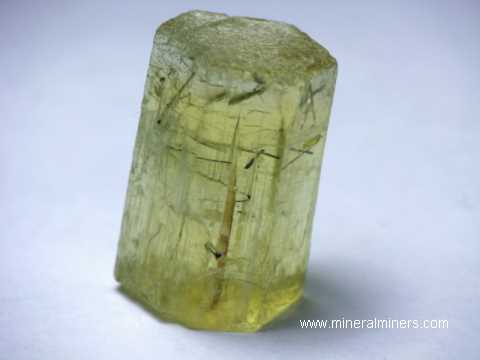 |
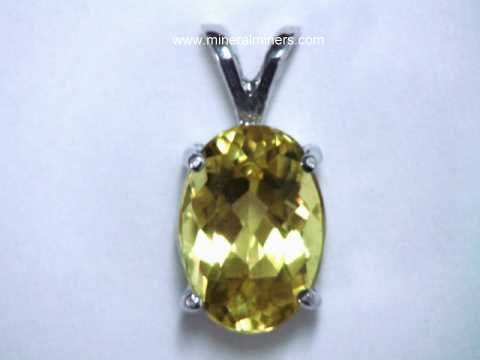 |